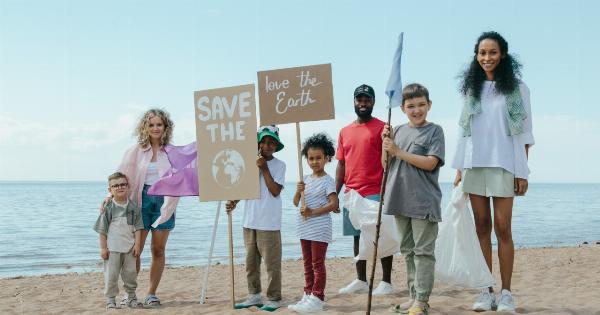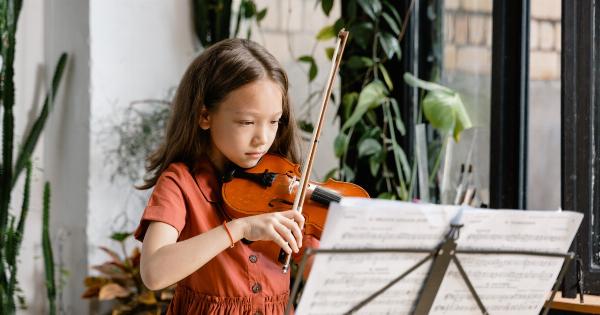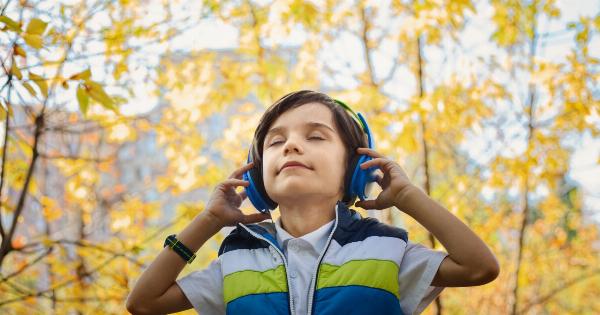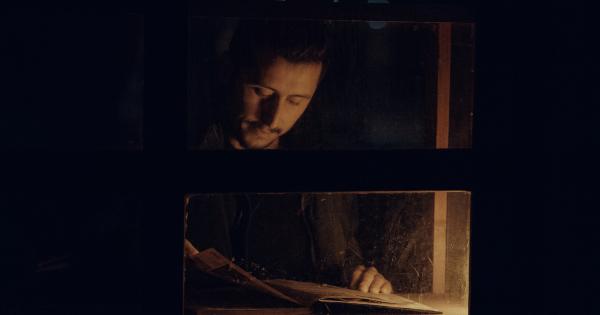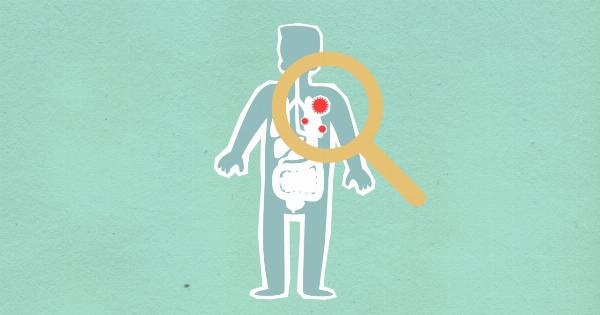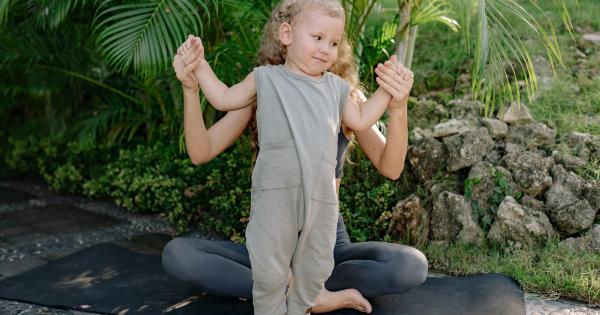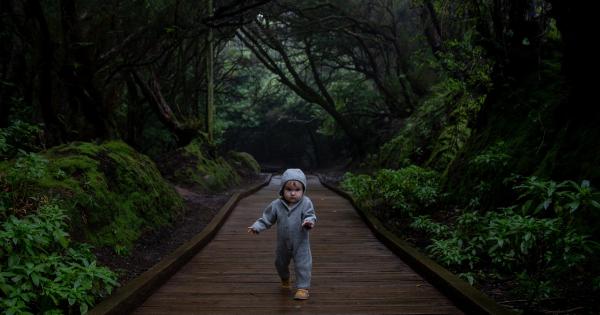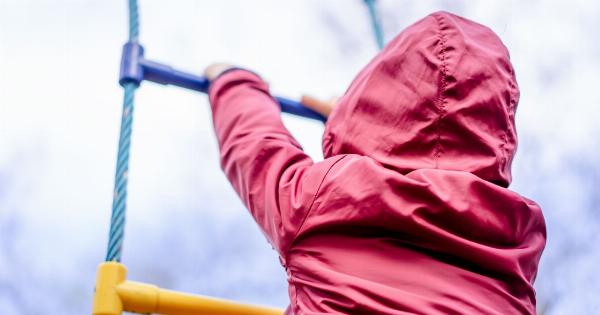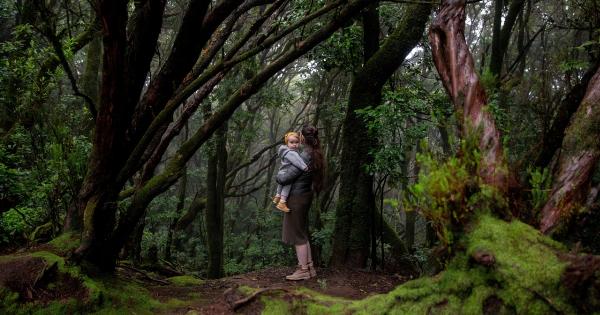Watching your child grow and develop is an incredible journey. From their first steps to their first words, every milestone is a cause for celebration.
As a parent, it’s important to recognize when your child is no longer a baby and is entering a new phase of growth and development. While every child is unique and may develop at their own pace, there are certain signs that indicate your child is transitioning from being a baby to a toddler.
In this article, we will explore these signs, which include physical, cognitive, and emotional changes.
1. Walking and running
One of the most evident signs that your child is no longer a baby is their ability to walk and run independently.
Around the age of 12 to 15 months, most children take their first steps, and by 2 years old, they should be able to walk and run confidently. This newfound mobility opens up a whole new world of exploration for your child.
2. Language development
A significant milestone in a child’s development is their ability to communicate through language. As your child grows, they will start to understand and use words to express their needs and wants.
Around 2 years old, they may have a vocabulary of about 50 words or more. They will also begin to form short sentences and engage in simple conversations. This increased language ability is a clear indication that your child is no longer a baby.
3. Independence in daily tasks
Another sign that your child is leaving babyhood behind is their growing independence in performing daily tasks. They will start showing an interest in feeding themselves and using utensils, although it may be messy at first.
They may also want to dress themselves, albeit clumsily, and help with basic chores around the house. Encouraging their independence is crucial for their self-esteem and overall development.
4. Social interaction
As your child grows, they will become increasingly interested in interacting with others. They will seek out playmates and engage in more cooperative play. They may also start showing empathy and understanding others’ emotions.
These social interactions are vital for their emotional and social development, and they are a clear indication that your child is growing up.
5. Problem-solving abilities
Older babies may start to exhibit advanced problem-solving skills. They will be able to figure out simple puzzles and engage in imaginary play. They may also display a greater curiosity about how things work and actively seek out novel experiences.
These problem-solving abilities indicate cognitive growth and an increasing understanding of their environment.
6. Toilet training readiness
While every child is different, many toddlers start showing signs of readiness for toilet training between the ages of 2 and 3.
They may display an interest in the bathroom, indicate when they need to go, or have longer periods of dryness between diaper changes. Toilet training readiness is a significant milestone that marks the end of the baby stage and the beginning of toddlerhood.
7. Improved coordination
As your child grows older, their coordination and motor skills will improve significantly. They will be able to stack blocks, hold a crayon or pencil to draw simple shapes, and kick or throw a ball with increasing accuracy.
These improved coordination skills are noticeable signs that your child is no longer a baby.
8. Developing more complex emotions
Older babies begin to experience a wider range of emotions and can express them more clearly. They may show excitement, frustration, anger, and even empathy.
This emotional development is an important aspect of their overall growth and indicates that they are maturing beyond the limitations of infancy.
9. Transition from two naps to one
As your child grows, their sleep patterns will also change. Around 1 to 2 years old, many children transition from two naps a day to just one longer nap, typically in the afternoon.
This transition signifies that your child’s nap needs are decreasing, and they are becoming more alert and active during the day.
10. Weaning from breastfeeding or bottles
For children who were breastfed or bottle-fed, the transition from milk to solid foods is a significant milestone.
As they start eating more solids and rely less on breast milk or formula for nourishment, you can be sure that your child is no longer a baby. This transition usually occurs around 12 months, and it marks a shift towards more independent eating habits.
Observing these signs in your child can be both exciting and bittersweet. While it’s wonderful to witness their growth and development, it’s also a reminder that they are no longer your little baby.
Embrace each new stage and continue to provide love, support, and guidance as your child journeys through their early years.

